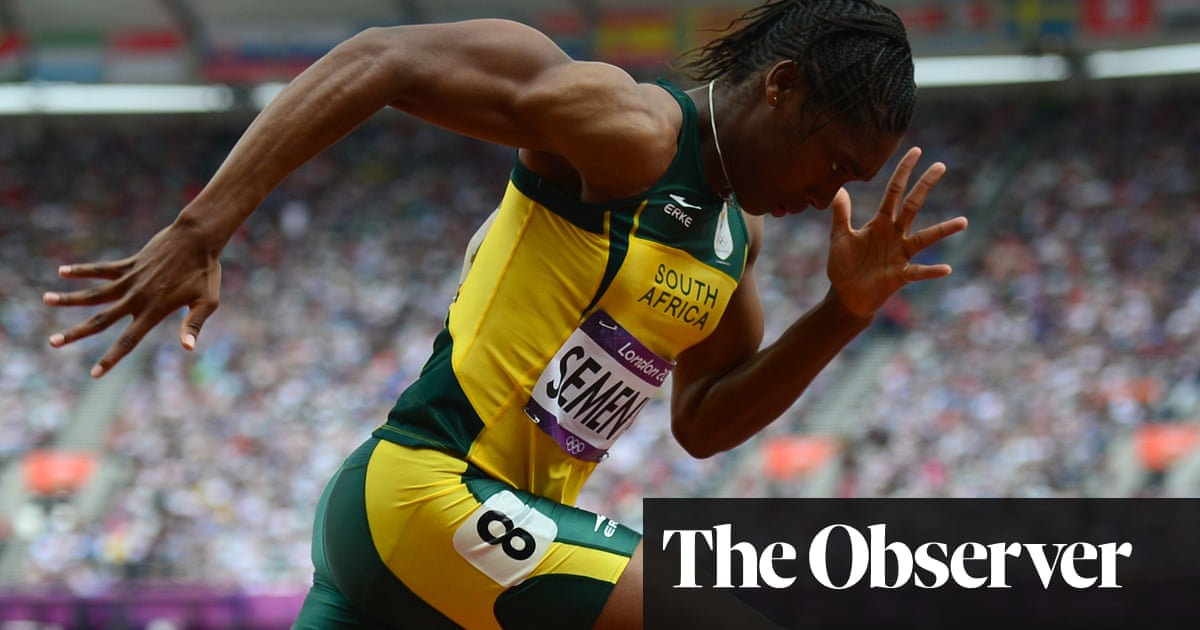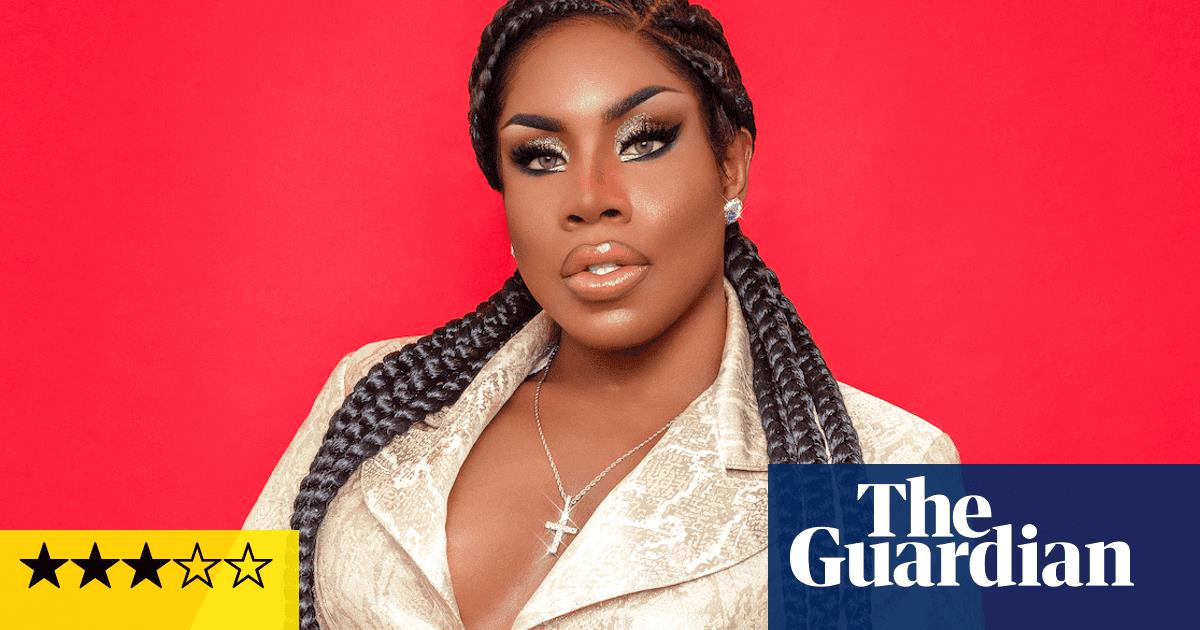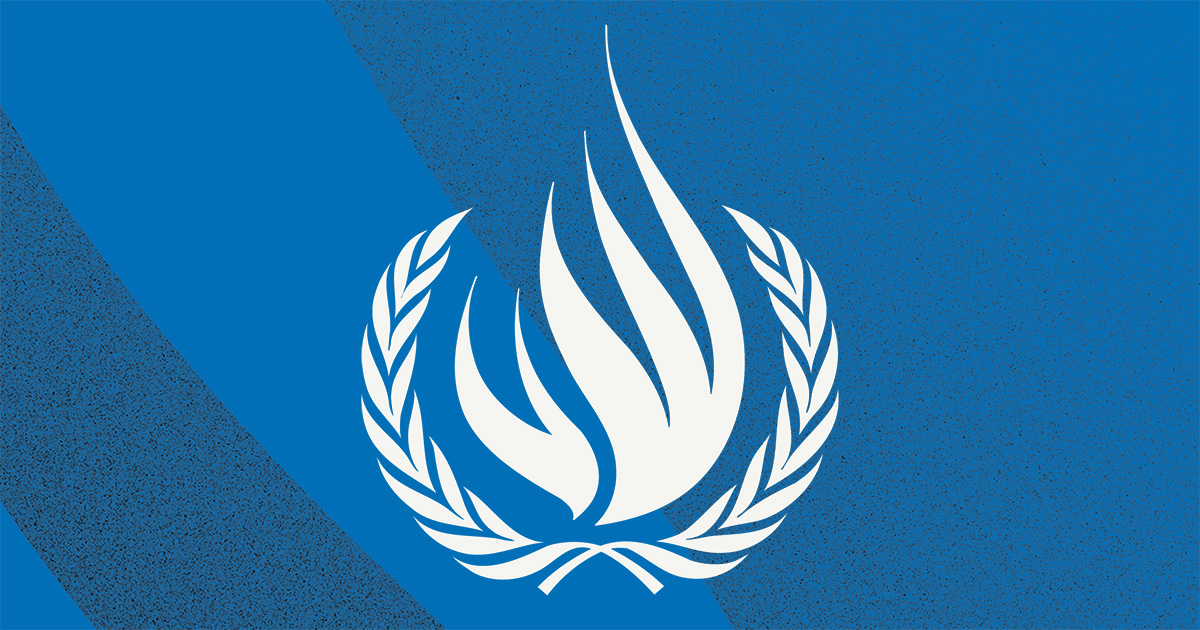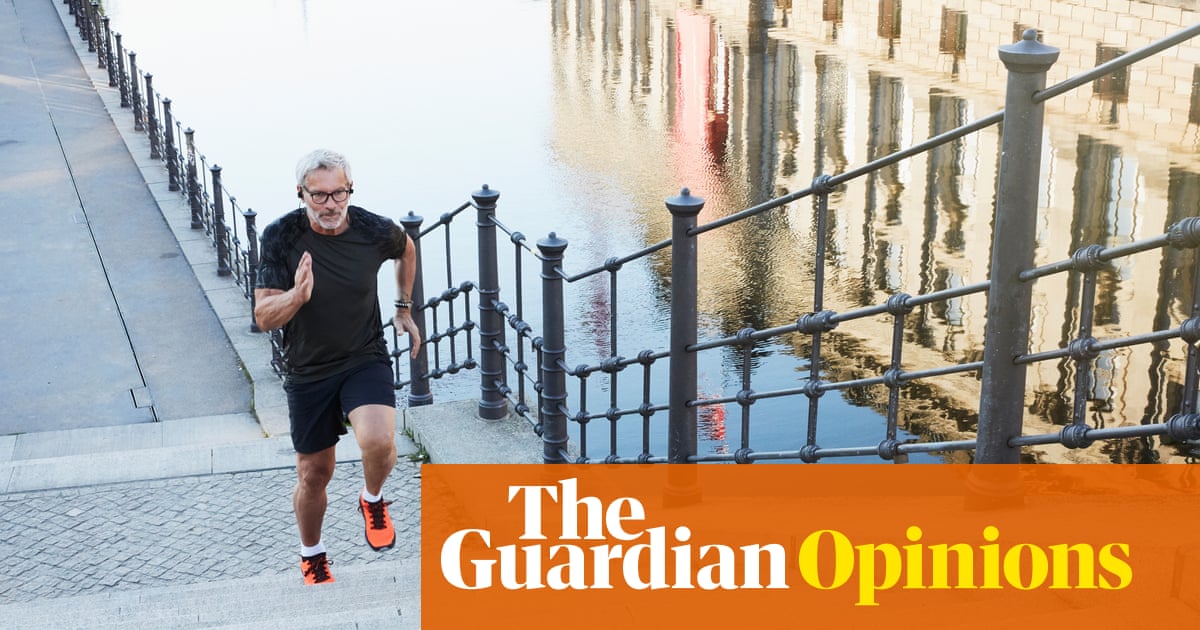
When the South African middle-distance runner Caster Semenya won her first 800m gold medal at the Berlin world championships in August 2009, her achievement was marred by controversy. Rivals and commentators alike speculated openly on the “masculinity” of her build and the ease with which she dominated the race.
A month later, the results of a gender test she took at the event were leaked. Poignantly, scandalously, she discovered along with the rest of the world that she had been born with “differences in sex development” (DSD): internal testes instead of ovaries resulted in testosterone levels that fell within the normal adult male range, which is far higher than the normal female one.
Ever since, her career – which includes three world championships and two Olympic gold medals – has played out in the middle of a legal and ethical maelstrom. World Athletics introduced testosterone limits for athletes with DSD in 2011, and Semenya’s first Olympic title in London 2012 was won while running on hormone suppressants; her second, in 2016, came when the limits were temporarily suspended. Since their reintroduction in 2018, Semenya has fought to have them lifted, losing her case at the court of arbitration for sport (CAS), and recently winning the right to appeal from the European court of human rights.
At races, she always avoided the subject; in the court proceedings her statements have measured passion with poise. In this memoir, she roars. Most of her anger is directed at World Athletics, and a good portion of that is reserved for its president, Sebastian Coe, whom she portrays as a “small man” making moral judgments to boost his own significance. “With me and Sebastian, it’s personal,” says Semenya. “He has something against me.”
Her book is pitched, in the way of most sporting biographies, as an inspirational tale; but what it inspires most is compassion. Semenya’s early life would be moving and enlightening even without what’s to come. Her family were not poor, she insists –“our home was large by our standards, with five bedrooms and a living room” – but her rural upbringing in a Limpopo village in the northernmost province of South Africa will be very different from many of her readers. Water was fetched from the communal well, the toilet was a long drop, and they didn’t join the electrical grid until 2001. While her father went away for months at a time to work as a gardener in Pretoria, 200 miles away, Semenya and her five siblings combined school with helping their mother subsistence farm a plot of just under an acre.
Heart-tugging moments are delivered without self-pity: a seven-month stay, alone, in hospital when she busts her knee and has to wait for surgery; later, being sent away from home to keep house for her grandmother and male cousins. From these childhood scenes emerge her personality and ambition – she says that even as a toddler, she was fierce – as well as her pride and pleasure in a body that was “strong and sturdy, agile and flexible”. A natural at football, she pictures herself leaving the village to play professionally, and she is the only girl who goes hunting with the boys, first rabbits, then springboks, then the dangerous warthogs.
In an environment where parental discipline is frequently physical, Semenya stands up for herself with her fists: she’s only six years old when she first gives a bigger boy a beating. Perhaps it’s telling that when she wasn’t dreaming of being a famous football player, she dreamed of becoming a soldier: that inclination to confrontation stayed with her to adulthood. Yet her comparative boyishness was never in her words “a big fucking deal”: “we noticed I was different, but different didn’t mean wrong”. Her preference for trousers over dresses, the fact that her voice got lower as a teenager, and even her sexual attraction to women were greeted in the community without shaming or ostracism.
The drama begins when she discovers competitive running. Her shape comes under scrutiny from her rivals, and one – her future wife, no less – assumes she’s in the wrong locker room. No moment is more uncomfortable than the one in 2009 when Semenya is spirited away to a German hospital after her world championship semi-final win. Here are the doctors whose job it is to determine her gender. And there is an 18-year-old being shown a sonogram wand that looks like a “big fake dick”, and threatening to destroy every machine in the room if they put it in her vagina.
Neither the media’s nosiness, nor humanity’s more prejudicial instincts, come out of this well. There are hurtful comments and on-track snubs. In South Africa she is feted as a hero, but also stalked like prey. The rejection and victimisation she feels from her chosen profession, the threat to her identity as a woman and as an athlete, are heightened by being a black South African.
Given her country’s apartheid past, not to mention the more general objectification of black women’s bodies, it is no surprise she suspects a racial bias to her treatment. Her wrath and contempt for the doctors and scientists whose research forms the basis for her exclusion burns with increasing ferocity: their methods are “sickening”, their studies “total bullshit”, their medical solutions “barbaric”.
But this is only one side of the story, forcefully told. You wouldn’t necessarily know from reading this book that experts for both sides at the court of arbitration for sport hearing agreed that testosterone was “the primary driver of the sex difference in sports performance”. Nor will you read the court’s measured judgment that athletes with what is termed 46 XY DSD – because they have 46 XY chromosomes – “enjoy a significant sporting advantage” over female athletes with XX chromosomes. These include “greater lean body mass, larger hearts, higher cardiac output” as well as a larger V02 max (the maximum amount of oxygen your body can deliver to your muscles while exercising). The different development of their bodies during puberty means that “fair competition between the two groups is not possible”.
Semenya is not the only leading runner reported female at birth affected by this decision – so are her fellow 800m runners Burundi’s Francine Niyonsaba and Kenya’s Margaret Wambui, who took silver and bronze respectively in 2016. Her case also carries wider resonance for the separate but related issue of trans women in sport, given the concerns about the lasting competitive advantages of those who have experienced male puberty over those who have not. Semenya’s achievements on the track, and the grace and determination with which she has fought her cause, should be celebrated. That doesn’t mean that the need to protect fairness in women’s sport shouldn’t be argued just as strongly.
At the start of her book, Semenya says it’s important to talk about lines. “We humans are obsessed with them,” she writes. “Most people are content to walk the line as it is drawn, to be defined by it, to stay in their place. I am not one of those people.” Or in the words of the CAS ruling: “Natural human biology does not map perfectly on to legal status and gender identity.” Where the line rests in the categorising of men and women’s sport will continue to be hotly argued – but Semenya’s story can help us be mindful of the dignity of competitors on both sides of it.
The Race to Be Myself by Caster Semenya is published by Merky Books (£20). To support the Guardian and Observer order your copy at guardianbookshop.com. Delivery charges may apply












